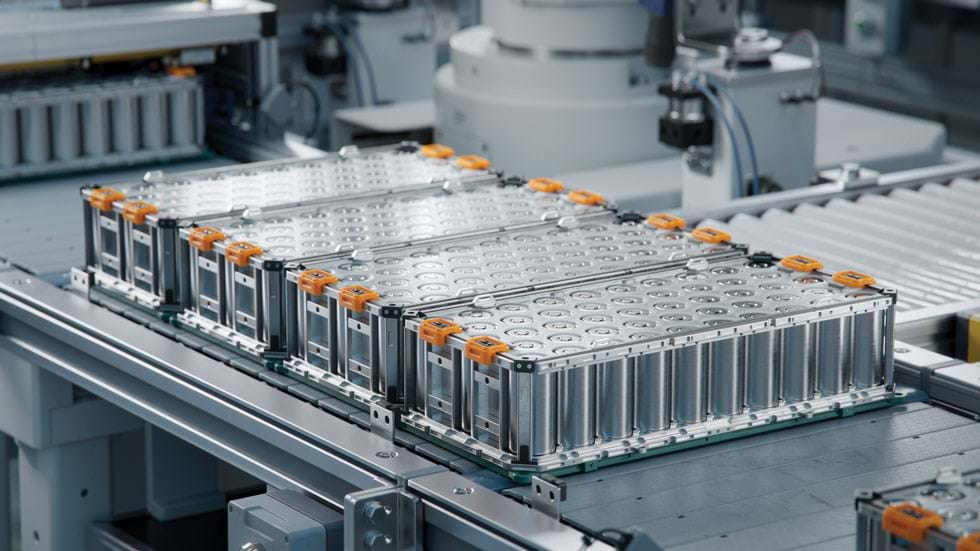Safety issues to the fore as IChemE hosts roundtable on battery systems

Attendees recommend IChemE bridges gap between industry and academia
SAFETY concerns surrounding lithium-ion batteries dominated a recent IChemE-hosted roundtable discussion on the state of the UK’s battery energy storage systems (BESS).
Taking place in London, and with a virtual presence, the discussion was chaired by Mark Apsey MBE, IChemE deputy president and UK managing director for renewable energy firm Ameresco, and featured contributors from industry and academia.
BESS are seen as key in the decarbonisation of the UK’s electricity supply, but some well-publicised examples of lithium-ion batteries (LIBs) catching fire in recent years have led to safety fears.
According to statistics discussed by one member of the group, around 68 grid-scale battery systems have exploded or burned since 2010 – the majority within the last four years.
Fires generally result from thermal runaway. This occurs when components in the battery break down due to heat, causing an uncontrollable, self-heating state to propagate. Energy stored in the battery is then released very suddenly, which in turn can cause combustion and fire, and the expulsion of toxic gases, including carbon monoxide and hydrogen fluoride.
While there are ways to reduce the risk of thermal runaway in batteries, such as storing batteries at the correct temperature, and providing adequate ventilation, if a grid-scale battery did catch fire, then letting it burn itself out was seen as one way to deal with the problem. One participant with experience in utility-scale power station batteries – around 35 MW – said that was how their company dealt with it. “Our view of safety was, if it catches fire, it’s dead to us. Let it burn out, make sure it’s safe and contained, and no one can go near it.” Batteries targeted for residential use were a different matter, but utility-scale batteries, in their opinion, were being designed to do just that, burn out in isolation so that remaining assets were not affected.
Different battery types were also discussed, and some were deemed safer than others. Lithium iron phosphate (LFP) batteries were viewed as less likely to experience thermal runaway compared with NMC batteries, which contain nickel, manganese, and cobalt. This is due to the strong covalent P–O bonds in the cathode, and because it can withstand high voltages for longer periods. Would sodium ion batteries turn out to be the better solution? Possibly, said one participant. Still the same safety issues as lithium iron, said another.
This article is adapted from an earlier online version.
Recent Editions
Catch up on the latest news, views and jobs from The Chemical Engineer. Below are the four latest issues. View a wider selection of the archive from within the Magazine section of this site.




